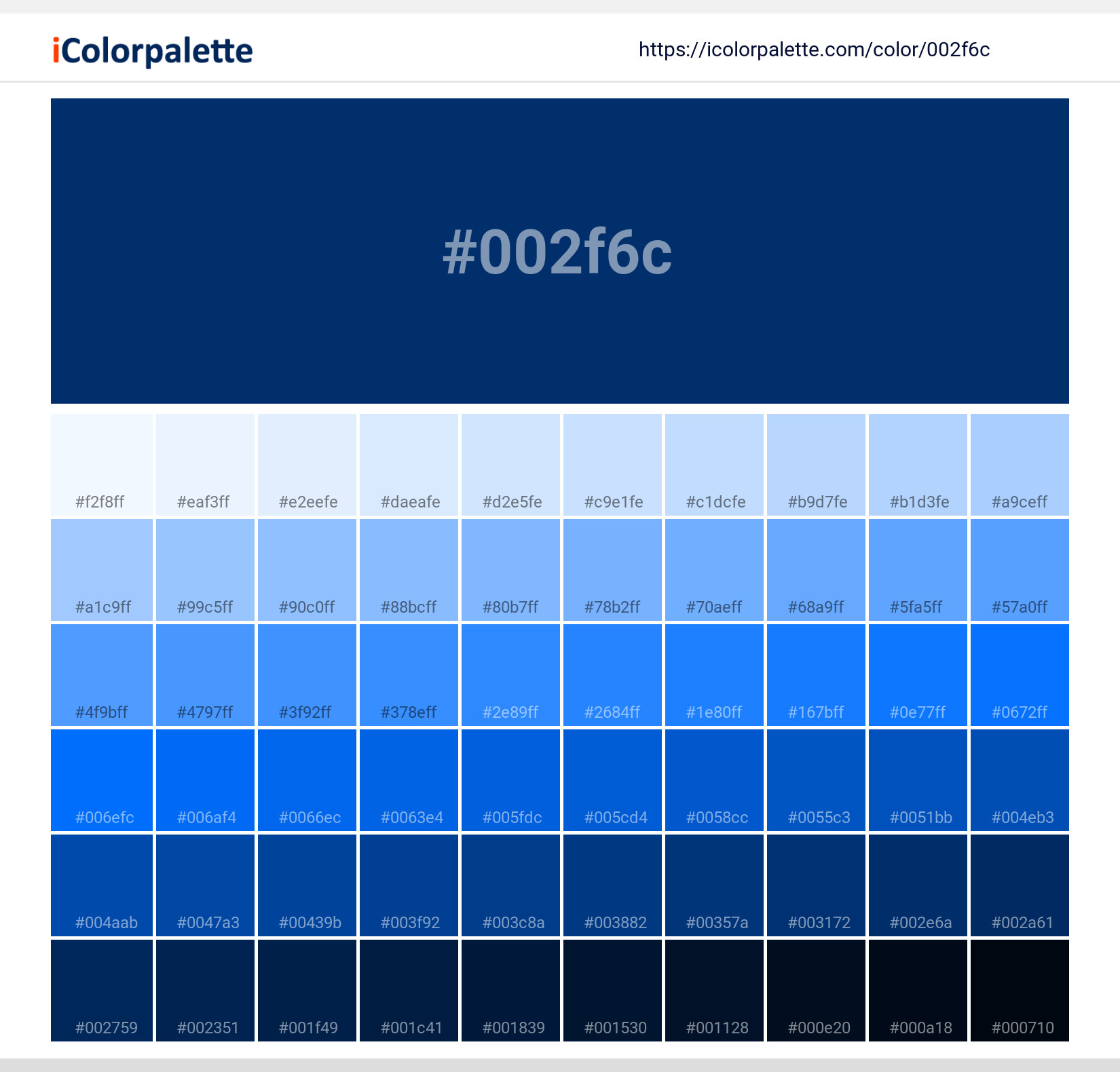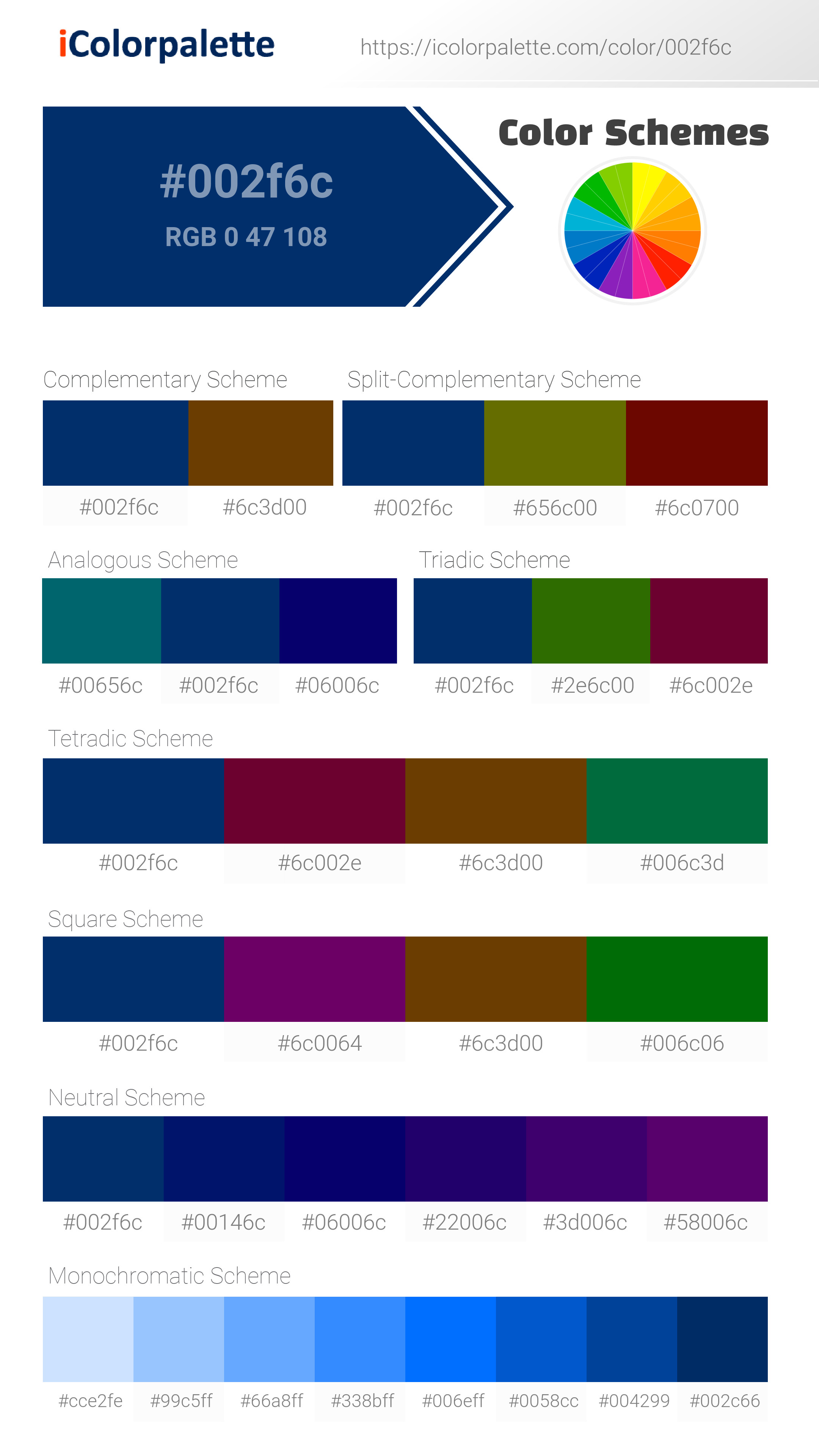Have you ever wondered how designers, brands, and creators make sure the exact shade of blue they picture in their mind shows up just right on a product or a website? It's a pretty big deal, actually, getting colors to look the same everywhere, and there’s a whole system for it. We are going to chat a bit about one particular shade, Pantone 294, and what makes it so special in the world of visual communication.
This color, Pantone 294, has a way of showing up in places you might not even notice, from famous team logos to everyday items. It’s got this deep, striking quality that really catches your eye. Knowing how colors like this one are defined and used helps us appreciate the thought that goes into so many things around us, you know?
So, whether you are a creative person yourself, someone who just appreciates good design, or maybe you are simply curious about how things work behind the scenes, understanding a bit about Pantone 294 can be quite interesting. It is a shade with a story, and it connects people and projects in ways you might not expect.
Table of Contents
- What Makes Pantone 294 So Important for Creators?
- Getting Your Vision Across with Pantone 294
- Where Can You Spot Pantone 294 in the World?
- The Story Behind Pantone 294's Famous Appearances
- How Do We Talk About Pantone 294's Exact Shade?
- The Digital Recipe for Pantone 294
- What Other Colors Go Well with Pantone 294?
- Exploring the Color Companions of Pantone 294
What Makes Pantone 294 So Important for Creators?
For anyone who works with colors, having a way to talk about specific shades is, well, pretty essential. Think about it: if you say "blue," what blue do you mean? There are so many kinds of blue out there. This is where systems like Pantone come into play, offering a huge collection of over 15,000 distinct colors, each with its own special digital information. It’s almost like having a universal language for every color imaginable, which is really helpful for making sure everyone involved in a project is seeing the same exact hue.
This system allows people to share their creative ideas with everyone else they are working with, ensuring that what they have in their mind's eye is accurately represented in the final product. It takes away a lot of the guesswork, you know? When you are working on something that needs a very specific color, like a brand logo or a product package, having a clear way to communicate that shade is incredibly helpful. It helps avoid misunderstandings and makes sure the end result looks just as it should, which is, frankly, a big relief for everyone involved.
A little heads-up, though, about those colors you see on your screen. It's really important to remember that what shows up on a monitor can look a bit different from how the color actually appears in real life, say, on a printed piece or a painted surface. Screen settings, like brightness and contrast, can change how colors appear. So, while these digital codes are a great starting point, always keep in mind that the true appearance of a color might vary slightly depending on where you are looking at it. This is why, in many professional settings, people often refer to physical color swatches or guides to confirm the precise shade.
Getting Your Vision Across with Pantone 294
When we talk about a specific color like Pantone 294, we are really talking about a precise definition that can be used across different tools and processes. This means that if you want a certain shade of blue, you can point to Pantone 294, and everyone else involved in your project will know exactly what you mean. It helps people on a team share their ideas without any confusion, which is, in some respects, a really powerful thing. This kind of clear communication is what makes big projects run smoothly, ensuring that the final output matches the initial idea very closely.
The beauty of having a specific code for a color like Pantone 294 is that it helps bridge the gap between what you imagine and what gets produced. Imagine trying to describe a shade of blue to someone over the phone without any common reference point; it would be pretty tough, right? But with a Pantone number, you have a shared standard. This helps people make sure that the color on a shirt matches the color on a website, or that the paint on a wall looks just like the shade in a design brief. It is about bringing consistency to the visual world, which is, frankly, something we often take for granted.
Where Can You Spot Pantone 294 in the World?
Pantone 294 is a really interesting shade of blue. It has this way of grabbing your attention and staying popular for a long time. This particular blue has made its presence felt in many different parts of our daily lives, from sports teams to big companies. The story behind it, what it means to people, and simply how nice it looks all play a part in why it’s so widely recognized and used. It’s not just a color; it’s a shade that carries a lot of history and feeling, which is, in a way, pretty cool.
This shade of blue has a certain pull, a depth that makes it quite memorable. You might see it and feel a sense of calm, or maybe it brings to mind something strong and reliable. Its presence in different areas of society shows how versatile a color can be, and how a specific shade can become a sort of symbol. It’s quite amazing, actually, how a single color can have so many different associations and uses, yet still be recognized as that particular hue, Pantone 294. This lasting appeal is a big part of why it has become so well-known.
The Story Behind Pantone 294's Famous Appearances
When you think about iconic sports teams, sometimes a specific color comes to mind right away, isn't that true? For many, Pantone 294 is the official color code for the shade we all affectionately call "Dodger Blue." This means that the exact blue you see on the Los Angeles Dodgers' uniforms and logos is precisely defined by this Pantone number. It is a color that fans instantly recognize and connect with their team, making it a powerful part of the team's visual identity. From a fan's perspective, this particular blue is more than just a shade; it is a representation of loyalty and team spirit.
But the story of Pantone 294 in sports doesn't stop there. This same shade of blue also shows up in the logo of the Chicago Cubs. Their primary blue color code is, indeed, Pantone 294 C. This just goes to show how a single, well-defined color can be adopted by different entities, each giving it their own meaning and connection. It’s pretty interesting, actually, how these distinct organizations can share a color yet make it entirely their own through design and association. The Cubs also use a specific red color code for their logo, but that blue, that Pantone 294, is a key part of their look.
How Do We Talk About Pantone 294's Exact Shade?
When we want to be super precise about a color like Pantone 294, we often use special codes. One common way to describe colors for digital screens is with a hexadecimal color code, which is a mix of letters and numbers. For Pantone 294, one of these codes is #003882. This code is like a recipe for how much red, green, and blue light should be mixed together to create that specific shade on a screen. It’s a bit like telling a computer exactly what ingredients to use for a particular visual outcome, which is very useful for designers.
Another way to describe colors is using the RGB color model, which stands for Red, Green, and Blue. In this system, each color is given a number from 0 to 255, indicating how much of that primary color is present. For the hex code #003882, the RGB breakdown is 0.0% red, 21.96% green, and a certain percentage of blue. This detailed breakdown helps digital devices recreate the color with great accuracy. There’s also another hexadecimal color code for Pantone 294 C, which is #002f6c, and its RGB equivalent is rgb (0, 47, 108). These different codes help ensure that the color looks consistent across various digital platforms and printed materials, which is, frankly, pretty important for brand consistency.
The Digital Recipe for Pantone 294
Understanding these color codes is a bit like learning the language of computers when it comes to visuals. When a designer puts a code like #0055a4 into their design software, the program takes that code as a set of instructions. It then mixes the exact right amounts of red, green, and blue light to make that particular color appear on the screen. This process happens really fast, giving designers immediate feedback on how their chosen colors will look. It is a truly fundamental part of how digital design works, ensuring that every pixel displays the intended shade.
This method of using specific codes for colors like Pantone 294 means that there is a standard way to reproduce them, no matter the device or program. It is a way to make sure that the blue you choose for a project in one software looks the same when viewed in another, or when it gets sent to a printer. This consistency is a big deal in the creative world, where getting colors right is often key to a project's success. It allows for a level of precision that simply wouldn't be possible without these universal color definitions, which is, in some respects, quite clever.
What Other Colors Go Well with Pantone 294?
When you have a specific color like Pantone 294, it’s often helpful to know what other colors pair well with it. This is where color conversion codes come in handy, as they help designers figure out shades and tints, as well as complementary, split complementary, triadic, tetradic, analogous, and monochromatic colors. These terms describe different ways colors relate to each other on a color wheel, helping artists and designers create pleasing combinations. It is a bit like putting together an outfit; some colors just naturally look good together, and there are established ways to figure out which ones those are.
For example, knowing the shades and tints of Pantone 294 means you can find lighter or darker versions of that same blue, which can create a nice sense of depth in a design. Complementary colors, on the other hand, are those that sit opposite on the color wheel and create a strong contrast, making both colors pop. Analogous colors are those that are close to each other on the wheel, creating a more harmonious and calm feeling. Exploring these relationships helps designers make thoughtful choices about their color palettes, ensuring that the overall look is balanced and visually appealing. It’s really about understanding how colors interact, which is, frankly, pretty fascinating.
Exploring the Color Companions of Pantone 294
The hexadecimal code for Pantone 294, which we discussed earlier, is the starting point for figuring out all these color relationships. Once you have that precise digital definition, you can use various tools and charts to see what other colors naturally go with it. This is how you can find a whole family of colors that will look good next to Pantone 294, whether you are aiming for a bold statement or a more subtle effect. It is a truly practical way to build out a color scheme that feels complete and well-thought-out, which is, you know, a big part of good design.
This process of finding color companions for Pantone 294 is not just for digital screens. It also applies to physical applications. For instance, if you need Pantone 294 C precisely matched in spray paint, brush-in-cap bottles, paint pens, or house paint, the same color information is used. This means that whether you are touching up a small scratch or painting a large surface, you can get the exact shade of blue. It is a way to ensure that the color you love can be brought to life in many different forms, making it incredibly versatile for all sorts of projects, which is, in some respects, pretty cool.


